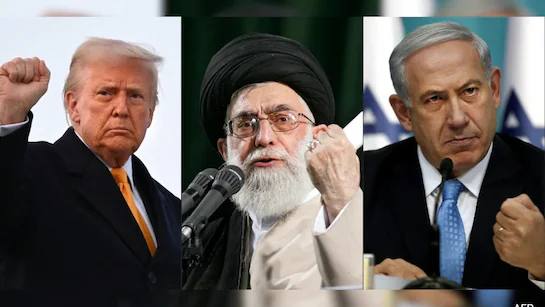After nearly two weeks of escalating violence, Israel and Iran have agreed to a ceasefire, but the truce is already showing signs of strain. The deal, brokered by U.S. President Donald Trump with key mediation from Qatar, follows a dramatic series of events that included missile strikes, retaliatory attacks, and a flurry of diplomatic efforts. As of Tuesday, both sides have publicly committed to halting hostilities, but accusations of violations are flying, and the world’s financial markets are watching closely for any sign of renewed conflict.
The agreement was announced late Monday after Iran launched a missile strike on the U.S. Al Udeid Air Base in Qatar, a response to American attacks on Iranian nuclear facilities. President Trump took to social media to confirm that both Israel and Iran had agreed to a phased ceasefire: Iran would begin with a 12-hour pause, followed by a matching 12-hour period from Israel. After 24 hours, the so-called “Twelve Day War” would officially end. Trump credited direct talks with Israeli Prime Minister Benjamin Netanyahu and the involvement of Qatar’s leadership for securing Iran’s acceptance of the terms.
Israel confirmed its participation early Tuesday, stating it had achieved its military objectives and warning that any breach would be met with force. Iranian state media also reported that the truce was in effect, though both sides have since accused each other of violations. According to a senior White House official, Israel’s agreement was conditional on Iran refraining from further attacks, while the U.S. emphasized that its own strikes on Iranian nuclear sites were intended to deter further escalation.
Despite the official start of the ceasefire, the situation remains volatile. Almost immediately, both sides accused each other of breaking the truce. Israel reported missile attacks within its borders, resulting in casualties, while explosions were reported in Tehran. Israeli officials claimed Iran had violated the agreement by firing missiles at Israel, a charge Iran denied. In response, Israel launched a limited airstrike on a radar installation north of Tehran but refrained from further action after a direct call between Netanyahu and Trump.
President Trump did not hold back, publicly rebuking both sides for the ongoing hostilities and warning that any further violations could unravel the agreement. He insisted that Israel would not attack Iran further, while Iran maintained it had not broken the ceasefire. The U.S. and Qatar continue to monitor the situation closely, with Trump urging both sides to honor their commitments.
The human cost of the conflict has been significant. Overnight, before the ceasefire was confirmed, both sides exchanged heavy fire. Residents in Tehran described one of the “heaviest” rounds of attacks by Israel, with local officials reporting nine people killed in northern Iran. In Israel, emergency services said four people were killed in Beersheba after a building sheltering residents was hit by a missile.
The coming days will be critical. Both governments face internal pressure, Netanyahu from hardliners in his own party, and Iran from its military establishment. The ceasefire is fragile, and any misstep could quickly reignite violence. For now, the world watches as Israel and Iran navigate this delicate pause, with the shadow of further conflict still looming. As investors weigh the risks, the situation in the Middle East remains a top concern for markets, and the ceasefire’s durability will likely set the tone for global sentiment in the days ahead.

